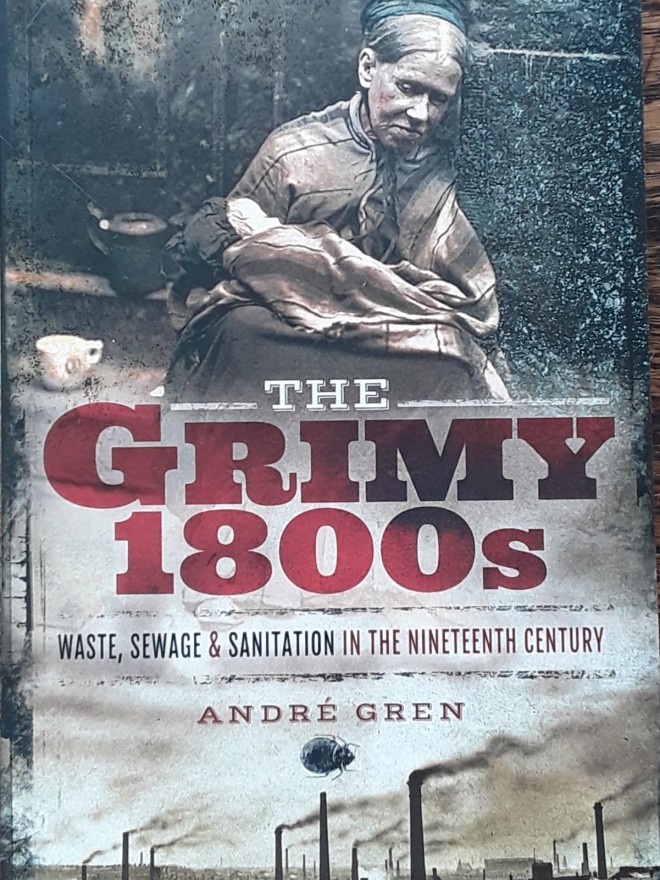
Reviewer: Michael Keith
Title: Catastrophe at Spithead: The Sinking of the Royal George
Author: Hilary R Rubinstein
Total Number of Pages: 288
Rating Scale (1: Very Poor, 10: Excellent): 8
______________________________
The inexplicable sinking of the HMS Royal George and the simultaneous loss (by drowning) of its Commanding Officer (Rear-Admiral Kempenfeldt) at Spithead on 29 August 1782 was a national tragedy for the United Kingdom. Despite a subsequent enquiry to determine blame, according to this volume’s dustjacket, this book is ‘…The first comprehensive account of that calamity and is based on new research of a wide variety of contemporary sources…’ It is a reasonable precis of what is to follow.
An Introduction placed after the volume’s Contents page opens the volume. The section simultaneously summarises the life of Rear-Admiral Kempenfeldt and publicly acknowledges those who assisted the author in the volumes’ creation. The ten Chapters which form the largest section of the work now follow. Within these, two narrative-streams exist in parallel; that of the life of Rear-Admiral Kempenfeldt (Chapters One to Four) and, to a lesser-extent although simultaneously, events relating to the construction, operational service and subsequent loss of HMS Royal George. Unsurprisingly, the two narratives come together in Chapter Five (Into the Vortex), a description of the actual sinking and Kempenfeldt’s death, and remain intertwined to the volume’s final pages. Also unsurprisingly (and as the actual event was [and is] controversial), Chapters Six to Ten concentrate on the causes and effects of the events detailed in Chapter Five. Where necessary, the volume uses End-note citations to provide additional source material. These are Chapter-specific and numerical in sequence; the relevant references appearing in a designated Notes section placed after Chapter Ten (The Fate of Survivors). Due to the numerous Notes appearing within the volume, this specific section is 29 pages in length. A Bibliography placed after the Notes section lists the written material (both manuscript and published) used during the preparation of the volume. The section is followed by the book’s Index: it is its’ final section. The volume contains an eight-page long and all-colour ‘Plates’ (images) section. This contains portraits, plans, maps, landscapes and illustrations relevant to the narrative. These come from a variety of sources and are accompanied by informative captions and appropriate source citations, their existence being dignified by the statement ‘Colour plates section between pages 80 and 81 which appears at the foot of the Contents page. This is however, the volume’s only reference to their existence. Additional monochrome images, engravings, advertisements and plans also appear within the pages of the volume itself. Although these also come from a variety of sources, a majority carry the credit citation Author despite being very evidently not by her hand, those appearing on pages 200 and 201 being but two examples of this practice. Why this should be the case is unknown. Neither the Contents page nor the Index carried reference to their existence. The volume also contains numerous Quotes. These vary in length with many carrying no authenticating and supporting source citations, with those appearing on pages 126-128 being somewhat-lengthy examples of the practice. The sheer quantity of such quotes and their lack of authenticating citations inevitably raised questions concerning their authority, ‘genuine-ness’, and usefulness as bonafide historical records. In the absence of the necessary verification, the questions are reasonable ones. The volume contains only one Map (correctly a Chart), this carrying the caption ‘A chart of Spithead and the Solent, dated 1791, clearly showing the position of the wreck of the Royal George’. While adequate for purpose (Although perhaps the location of the hulk could have been made more obvious), an Ordnance Survey Map of at least Southern England and the Isle of Wight would have been useful to put the events and location in context. For those unfamiliar with the area, this would have been of great assistance.
While this volume is very well researched, written and readable, for this reviewer it was ‘Let down by the details’; the small things which when combined have a large effect. While the paucity of support for many of the Quotes and Images has already been alluded-to, it was the lack of entries in the Index that proved most problematical. The section could best be described as being ‘Patchy’ with random searching finding items mentioned in the text being omitted for unknown reasons. Examples of this practice included a lack of Index references to Gibraltar (pages 9 and 170), Kempenfeldt Bay (p.235) and Sir Edward Codrington (page 211), while several examples were found where Index entries were incomplete or inaccurate. An example (but one of several), of this latter practice was in relation to an Index entry for Horn, Betty and John. In this instance, and despite being mentioned en volume on pages 103 and 223 (but not on page 123) Horn, Betty and John received an Index entry for pages 103, and 123 (the latter being spurious) while an actual entry on page 223 was omitted completely. As already noted, there were other, similar, examples. Such discoveries did nothing to engender confidence in the accuracy of the narrative.
Although let down by the ‘technicalities’ notated above, this is a well-written and informative volume which is begs fair to become a Standard Work of Reference on its subject. It is likely to have wide appeal to Historians of several persuasions (Naval, Military, Social), and to members of the public with an interest in ‘England’s Wooden Walls’ and the Royal Navy of the ‘Nelson Era’. Modellers with an interest in the Men o’ War of Britain’s ‘Sailing Navy’ may also find the volume’s plans of interest.
On a Rating Scale where 1: Very Poor, 10: Excellent), I have given this volume an 8.








